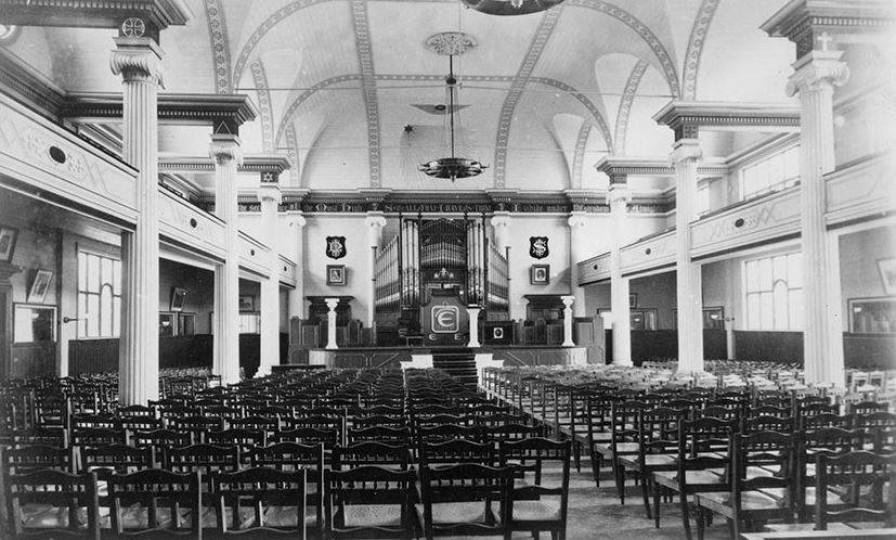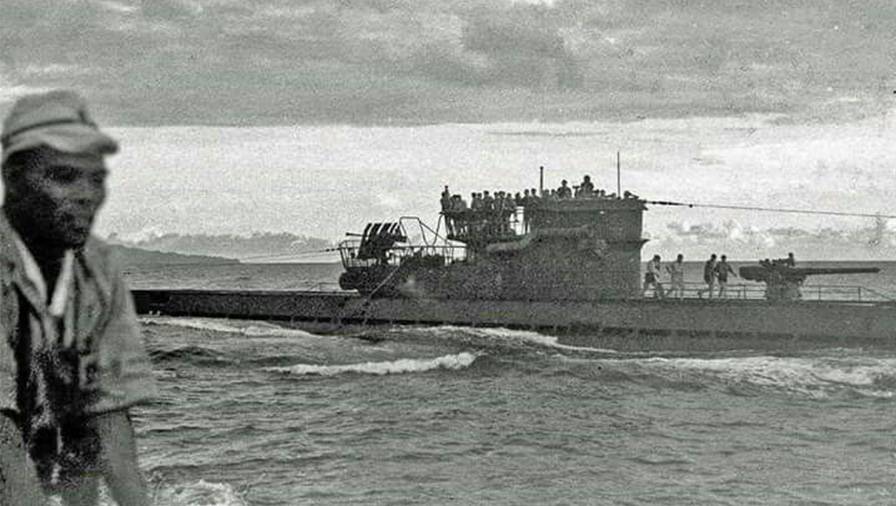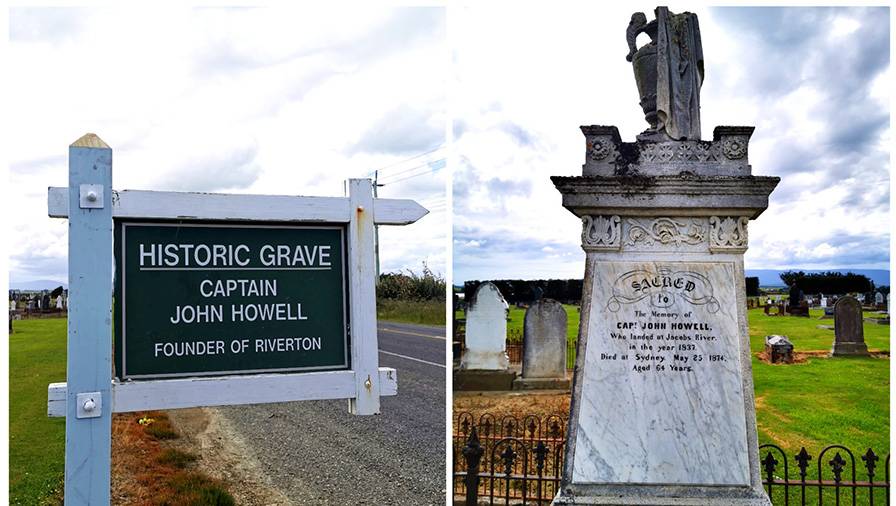For the past 40 years, retired journalist and broadcaster Tom Clarke has compiled Today in History New Zealand, a spinoff from a popular feature in newspapers and radio stations around the world. The archive comprises some 4000 recorded items, enough for at least 10 items a day.

Author, retired journalist and broadcaster Tom Clarke.
It may be that New Zealand, with less than three centuries of recorded history, couldn’t provide sufficient events worth hearing about or putting into permanent print. But, judging by the publishing industry’s output, readers can’t get enough of local history, whether fact or fiction.
Clarke’s compilation of “extraordinary stories” from the past, Our Untold Stories, enters a crowded field. Its point of difference is that his research goes beyond the bare bones of “it happened on this day” and each story is a gripping yarn by any criteria.
He groups 30 stories under several themes that display a wide variety of dreamers, schemers, and achievers, as well as depicting advances and disasters in shipping, aviation, and enterprise. Other stories throw light on the breadth of human behaviour.
Given the historical riches, and the existence of printing presses since the early 19th century, the claim of these stories as ‘untold’ is an exaggeration. Many of the events may have been footnotes in history, but several have been expanded into books in recent years.
Cargo of gold
Fortunately, these are the minority. For example, the 1867 sinking of the General Grant in the Auckland Islands, with only 15 survivors from its crew of 25 and 58 passengers, is the subject of several books as well as unsuccessful expeditions to recover its cargo of gold. A novel, Mrs Jewell and the Wreck of the General Grant, by Cristina Sanders was published in 2022 and became a finalist in the Ockham Book Awards. Clarke justifies its entry because he focuses on the survivors’ story, which has comparisons with that of Shackleton and the Endurance.

Inside Arthur Worthington’s Temple of Truth at Latimer Square, Christchurch in 1894. Photo: Alexander Turnbull Library.
Similarly, the career of American-born religious cult leader, serial bigamist, and fraudster Arthur Worthington and his Temple of Truth has been well documented by historians John Dunmore and Geoffrey Rice. Worthington surfaced again this year in Arthur Paul Wood’s Shadow Worlds, about the occult and esoteric cults. Admittedly, any story about Worthington, who was born Samuel Crawford, is worth reading and his exploits in Christchurch from 1890 to 1895 deserve greater recognition.
Another well-told incident is the sedition trial in 1922 of Auckland’s Assistant Catholic Bishop James Liston for his pro-Irish and anti-British comments made at a concert to mark the death of St Patrick. An all-Protestant jury found him not guilty but added a rider that he had committed a “grave indiscretion”.
These two chapters complement ones on religious bigotry and a dispute in the Anglican Church when a “High Tory” clergyman introduced Catholic elements into the liturgy. That said, although few events in the other chapters had previously come to my attention, they were well known at the time.
The first two white women to live in the North Island are a case in point. Charlotte Badger and Catharine (Kitty) Hegarty, female convicts who had been transported to Australia, arrived in the Bay of Islands in 1806 aboard the Venus, which had travelled across the Tasman after a mutiny.
‘Wanton pirates’
Clarke writes: “[Their story] inspired several works of popular culture fiction in the later 19th and early 20th centuries, many of which sensationalised and dramatised their experiences [resulting] in their stories being badly distorted. Various writers, authors, and even playwrights, musical producers, and radio dramatists have portrayed them as wanton, willing pirates.” (Wikipedia provides a full list.)

This house at 6 Patrick St, Petone, was built in 1906 by the Liberal Government under the 1905 Workers’ Dwelling Act. The photo was taken in 1913. Credit: Alexander Turnbull Library (Godber Collection).
First state housing
Some longstanding preconceptions are clarified. The first Labour Government did not introduce state housing. Public provision began in 1905 and occurred under several governments but with limited success. Similarly, the Wakefields did not set up the first New Zealand Company to promote colonial settlement in the 1840s.
That venture was established in 1825 and sent two immigrant ships, the Providence and the Rosanna, halfway round the world a year later. But after making several stops around the coast, including Rakiura (Stewart Island), found they weren’t welcome or the conditions were not suitable. Many of the migrants left to return to England via Port Jackson (Sydney) where some stayed.
In 1927, the Imperial Conference agreed to an ambitious plan to link the Dominions with airship mooring masts and base facilities. Considerable manpower and money was invested, with Ohakea in the Manawatū being chosen for the New Zealand location for an Empire Airship Terminal. But the project was called off in 1931 after the crash of the R101 in France on a proving flight to India.

Germany’s largest submarine, U-862, arriving in Penang Harbour, Malaya, in 1945. It was scuttled a year later.
The presence of German and Japanese warships in New Zealand waters during World War II was widely known but not the presence of U-862 off the Hawke’s Bay coast in 1945. It tracked several ships during its two-week visit but was ordered back to Germany before firing a torpedo, as it feared this would lead to its discovery.
The submarine never made it back home when Germany surrendered in May 1945. Instead it came under Japanese naval command. It was scuttled in the Strait of Malacca a few months after Japan’s surrender. A stage comedy about U-862 was performed at Downstage in Wellington in 2006.
Among the successes, disasters, and near-misses at sea, on land, and in the air are the exploits of five wāhine whalers working for Captain John Howell at Riverton. He is acknowledged as a founder of Southland, though Riverton, then known as Jacobs River, lost out to Invercargill as the province’s capital.

Captain John Howell’s grave at Riverton cemetery.
While seals and whales led European exploitation of natural resources in the early 19th century, the first mineral to attract export potential was nephrite jade, also known as pounamu or greenstone. Jade was prized in China and shipments went there via traders in the Philippines.
But the miners’ get-rich-quick approach ended the trade just as quickly as it began because the use of explosives in its recovery affected the quality. A shipment from Fiordland in 1843 went unsold on arrival in Macau. The 50 boxes were stored until 1851 when, as Clarke writes, they “disappear from history”.
The earliest gold discovery was at Coromandel a year later, but the main rush did not occur until 10 years later at Lawrence in Central Otago. Gold greed resulted in scams, such as Albert Hunt’s duffer rush at Bruce Bay in South Westland in 1966. Provincial governments were offering rewards for prospects and Hunt’s claim attracted some 1500 hopeful prospectors to the area before the hoax was exposed amid a riot and the ransacking of local stores.
Clarke makes no claim to be a professional historian and the book is not intended for them. Each story taken from his archive required further research, much of it from contemporary newspaper accounts held by the National Library’s Papers Past. He has a long list of other digital sources but only a handful of books. The index is useful and the book is generously illustrated.

Our Untold Stories: Extraordinary tales from New Zealand’s past, by Tom Clarke (Bateman Books).
Disclosure: Nevil Gibson worked as a colleague of Tom Clarke’s in private radio some 40 years ago.
Nevil Gibson is a former editor at large for NBR. He has contributed film and book reviews to various publications.
This is supplied content and not commissioned or paid for by NBR.










